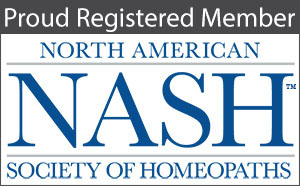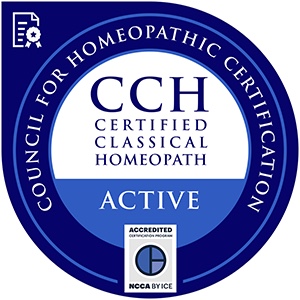The Founding of Homeopathy
The highest ideal of therapy is to restore health rapidly, gently, permanently; to remove and destroy the whole disease in the shortest, surest, least harmful way, according to clearly comprehensible principles.
– Aphorism 2, Dr. Samuel Hahnemann, Organon of Medicine, 6th ed., Kunzli et al, trans.
There isn’t much to object to in this second paragraph of the Organon. But there are a couple of important points that define Hahnemann’s approach to medicine, and there is one sly phrase that differentiates homeopathy from conventional practice.
The first thing to notice is that Hahnemann does not simply call for the physician to cure disease, but lays out the standards of good cure. The disease should be removed rapidly and permanently, of course, but treatment should also be gentle. The disease should be removed in the least harmful way.
Of course you can cut off a leg to remove athlete’s foot, but that is not a good cure, any more than removing a woman’s uterus is a good cure for menstrual cramps.

The impetus for Hahnemann’s exploration of alternative healing methods was, in fact, the brutality of the methods he witnessed in his early years of practice. He felt there must be a more responsible way of handling patients than by cutting and sweating and poisoning. In Aphorism 2, Hahnemann means to set himself and his new therapy apart from conventional practice. As he states elsewhere:
My sense of duty would not easily allow me to treat the unknown pathological state of my suffering brethren with these unknown medicines. The thought of becoming in this way a murderer or malefactor towards the life of my fellow human beings was most terrible to me, so terrible and disturbing that I wholly gave up my practice in the first years of my married life and occupied myself solely with chemistry and writing.
– Dr. Samuel Hahnemann
It was during those years away from practice that Hahnemann translated the Greek and Latin medical texts that would give him the ideas and the evidence he needed for “clearly comprehensible principles” of disease and cure. This is what Hahnemann refers to at the end of Aphorism 2, not a procedural principle like “diagnose and treat,” but a unified understanding of how the human organism becomes diseased and how such disease can be removed.
The homeopathic principle of cure, known as the Law of Similars, defines how every homeopathic prescription should be made, regardless of diagnosis. It is simple, understandable and easily applied in therapy: “Let like cure like.”
###
One thought on "The Founding of Homeopathy"
Comments are closed.






Your post came to mind tonight as I listened to Alastair Gray in the Whole Health Now teleconference. He spoke, amoung other things, of being person-centred, so that the remedy comes last, not first. What a difference between that homeopathic mentality and the common rush of the medical establishment, which hurries to prescribe for a condition in the 5 to 15 minutes allotted to each patient.